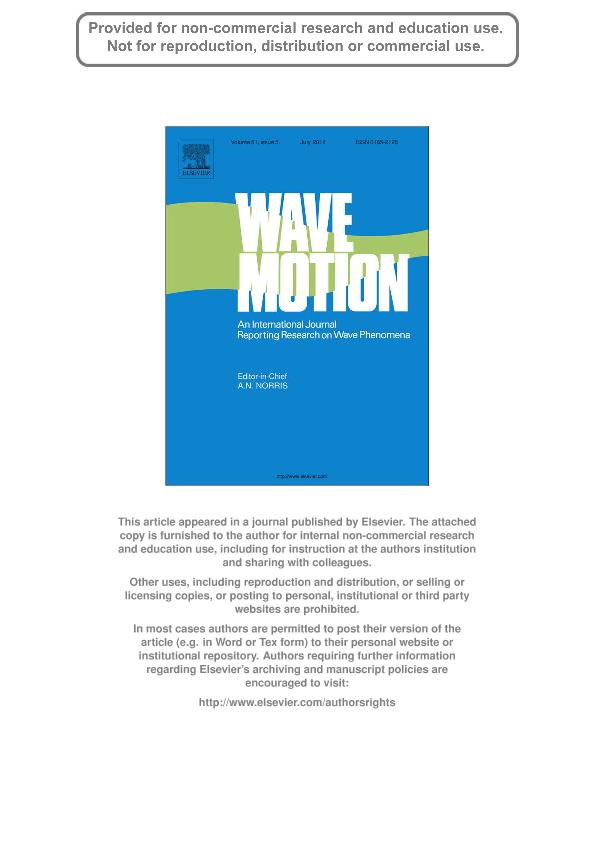Artículo
A rheological equation for anisotropic–anelastic media and simulation of field seismograms
Fecha de publicación:
01/2014
Editorial:
Elsevier
Revista:
Wave Motion
ISSN:
0165-2125
Idioma:
Inglés
Tipo de recurso:
Artículo publicado
Clasificación temática:
Resumen
In many cases, geological formations are composed of layers of dissimilar properties whose thicknesses are small compared to the wavelength of the seismic signal, as for instance, a sandstone formation that has intra-reservoir thin mudstone layers. A proper model is represented by an anisotropic (transversely isotropic) and viscoelastic stress–strain relation. In this work, we consider a sandstone reservoir, such as the Utsira formation, saturated with CO2 and use White’s mesoscopic model to describe the energy loss of the seismic waves. The mudstone layers are assumed to be isotropic, poroelastic and lossless. Then, Backus averaging provides the complex and frequency-dependent stiffnesses of the transversely isotropic (TI) long-wavelength equivalent medium. We obtain the associated wave velocities and quality factors as a function of frequency and propagation direction, while the synthetic seismograms are computed with a finite-element (FE) method in the space-frequency domain. In this way, the frequency-dependent properties of the medium are modeled exactly, without the need of approximations with viscoelastic mechanical models. Numerical simulations of synthetic seismograms show results in agreement with the predictions of the theories and significant differences due to attenuation and anisotropic effects compared to the ideal isotropic and lossless rheology.
Archivos asociados
Licencia
Identificadores
Colecciones
Articulos(SEDE CENTRAL)
Articulos de SEDE CENTRAL
Articulos de SEDE CENTRAL
Citación
Picotti, Stefano; Gauzellino, Patricia Mercedes; Santos, Juan Enrique; Carcione, Jose M.; A rheological equation for anisotropic–anelastic media and simulation of field seismograms; Elsevier; Wave Motion; 51; 5; 1-2014; 743-757
Compartir
Altmétricas




